How to prune your raspberry plant to make space for new growth and prevent disease spreading
Expert-approved methods for both summer-fruiting and autumn-fruiting raspberry plants

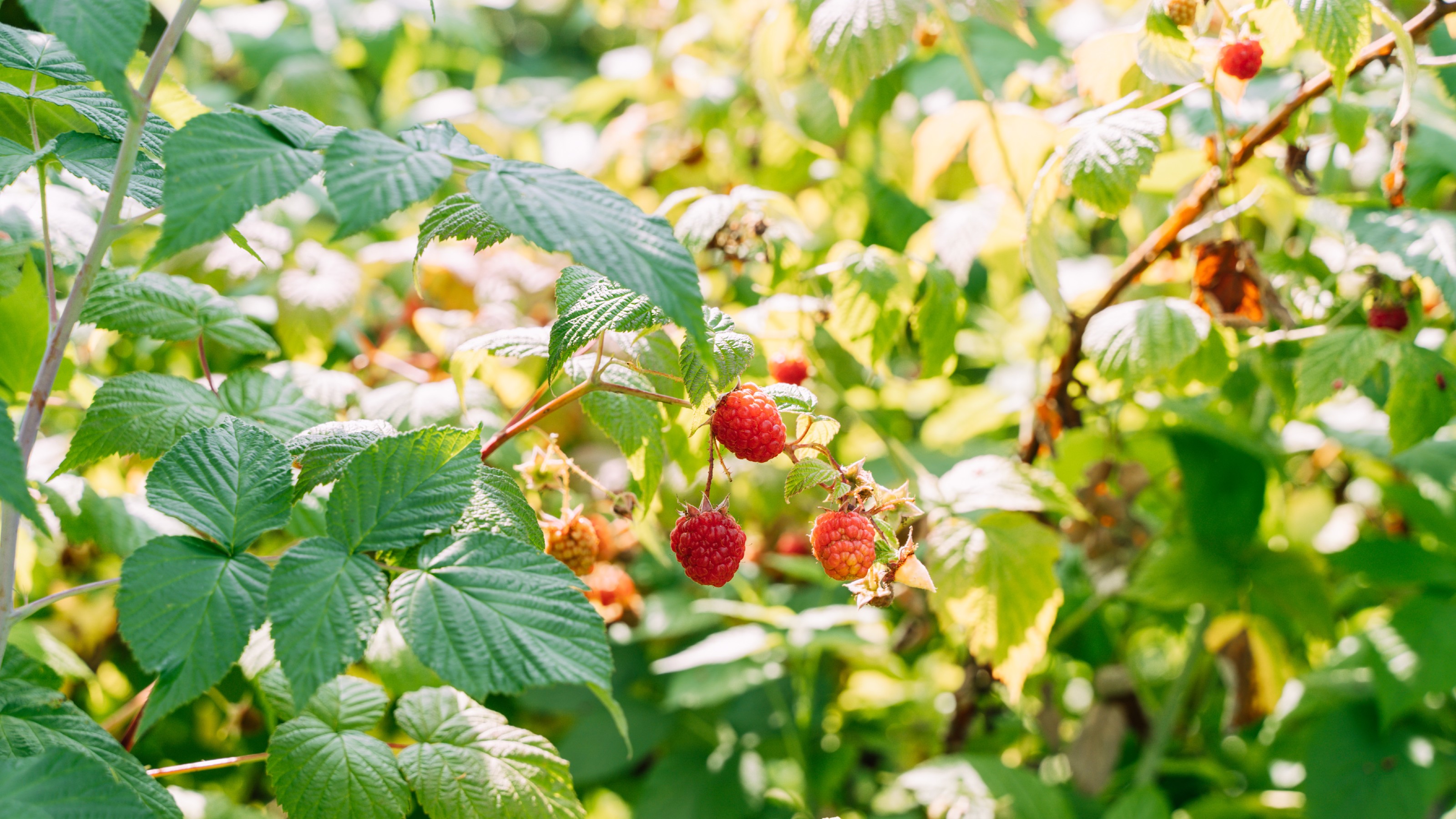
Growing your own raspberries gives you the advantage of an annual supply to enjoy. But with those benefits also comes the responsibility of taking care of the raspberry plant - and knowing how to prune raspberries is among the most crucial.
Similarly to getting the timing of when to prune raspberries right, the how is just as important. Because raspberries need a yearly prune to thrive, whether they are summer-bearing or autumn-bearing (more on that later).
That’s why we asked our panel of gardening experts to explain how exactly one should go about this job to do in the garden in February and beyond.
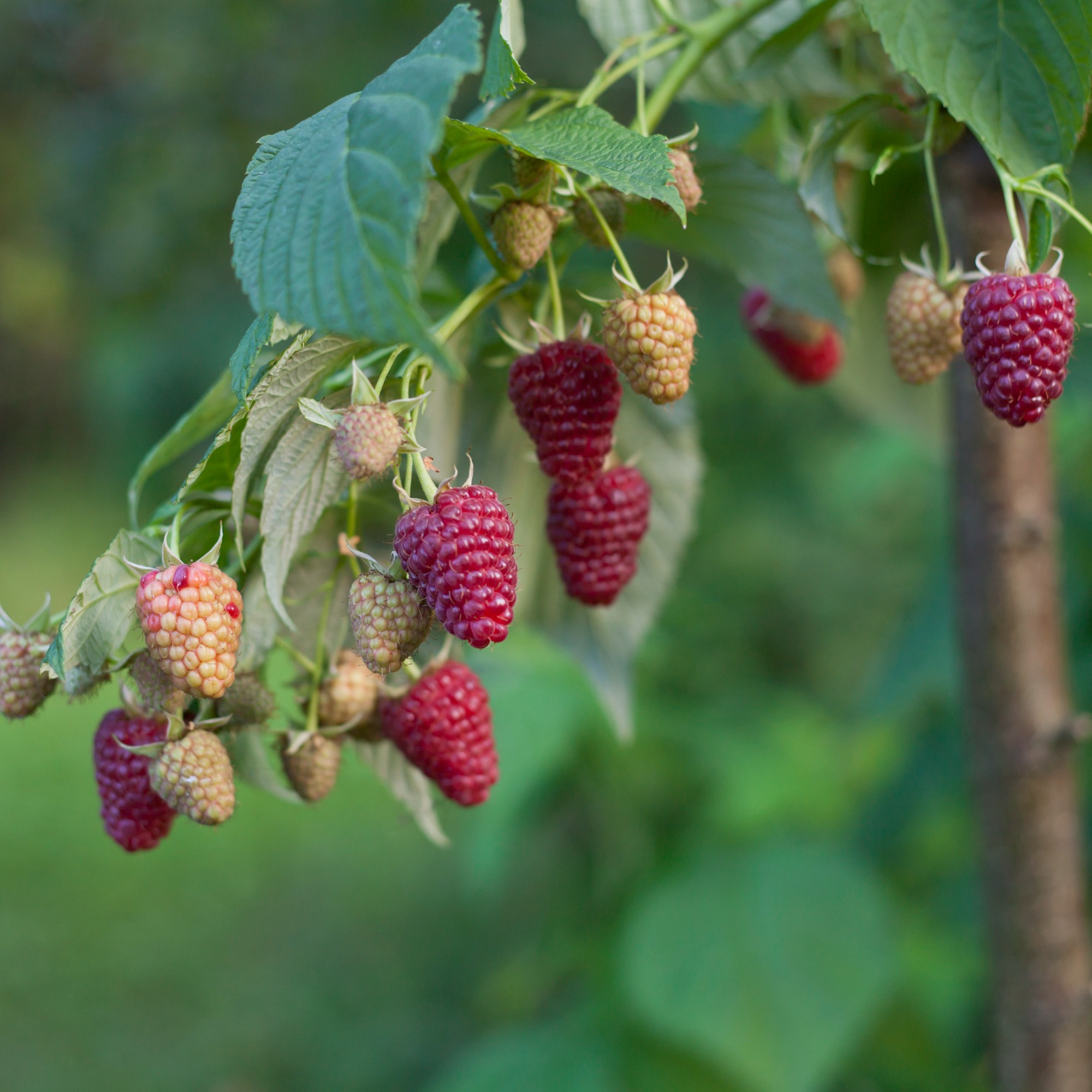
How to prune raspberries
If you’re growing your own raspberries, whether that’s from canes or shop-bought fruit, you need to prune them regularly – and that really cannot be stressed enough.
‘Pruning helps remove potential sources of diseases and pests that might be harboured in the old stems, which reduces the risk of infections spreading to the new growth,’ explains Petar Ivanov, Fantastic Gardeners' gardening expert.
‘Proper pruning also allows better air circulation and sunlight penetration and promotes a healthier environment for the plants and the fruit. Last but not least, by managing the number of stems and selectively removing old ones, you encourage sustainable growth in the raspberry patch, leading to healthier plants in the long run.’
As mentioned above, there are two types of raspberries - summer-bearing and autumn-bearing (also known as ever-bearing), so unlike how there's one universal method for how to prune blueberries, for raspberries this differs depending on their variety, ‘as both grow their raspberries slightly differently, meaning you’ll need to look after them differently too,’ says Natalie White from Rated People.
Sign up to our newsletter for style inspiration, real homes, project and garden advice and shopping know-how
Therefore it’s important to know what kind of raspberries you have before you get to pruning. Then, you can work out whether you also need to know how to get rid of brambles.
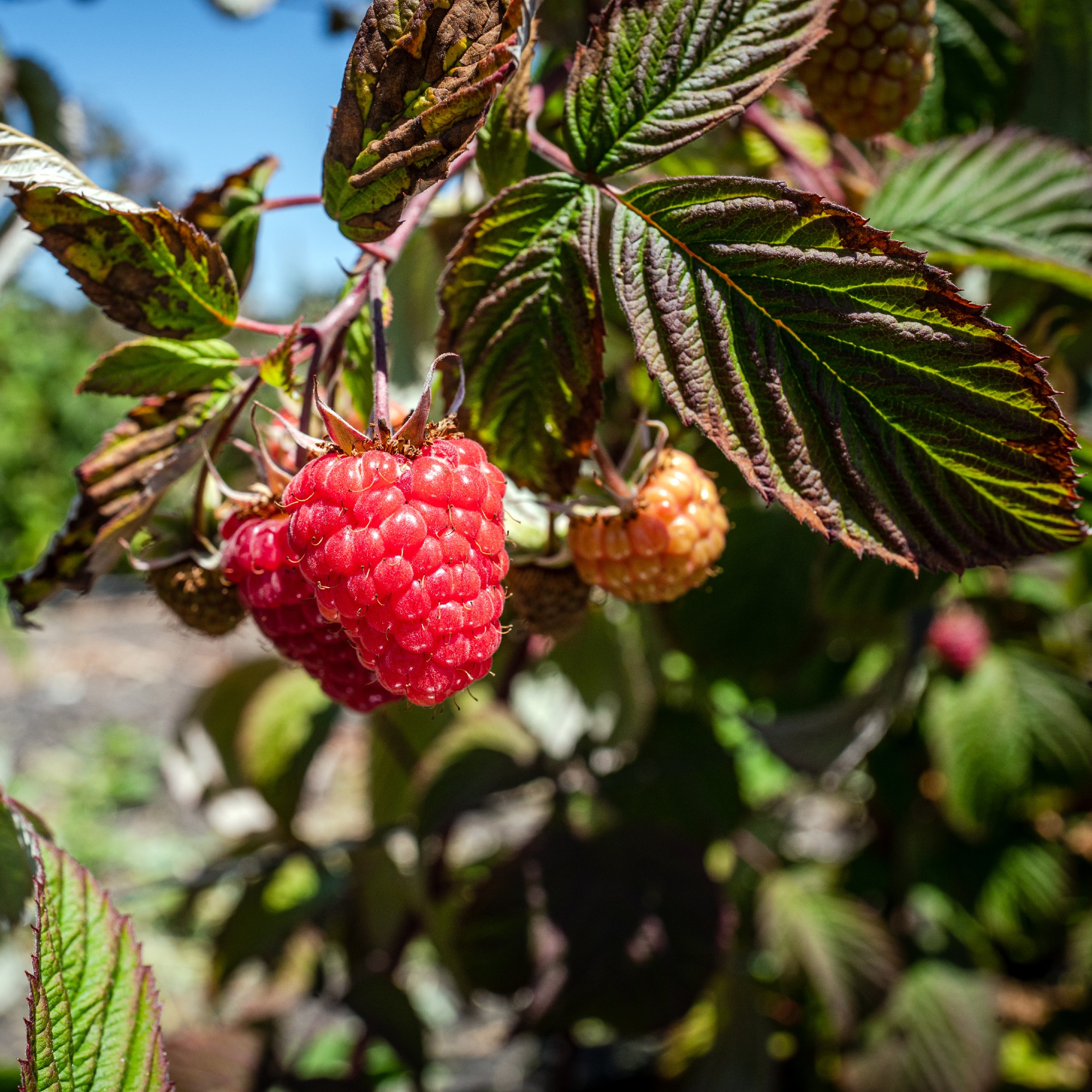

Petar Ivanov is one of the company's top-performing experts and manages over six teams of gardeners, delivering stunning landscape results and fostering a deep connection with nature through his work.
What you’ll need
- Sharp and clean pruning shears or secateurs like these ones from Amazon
- Loppers like these ones from Amazon
- Gardening gloves like these ones from Amazon to protect your hands from thorns
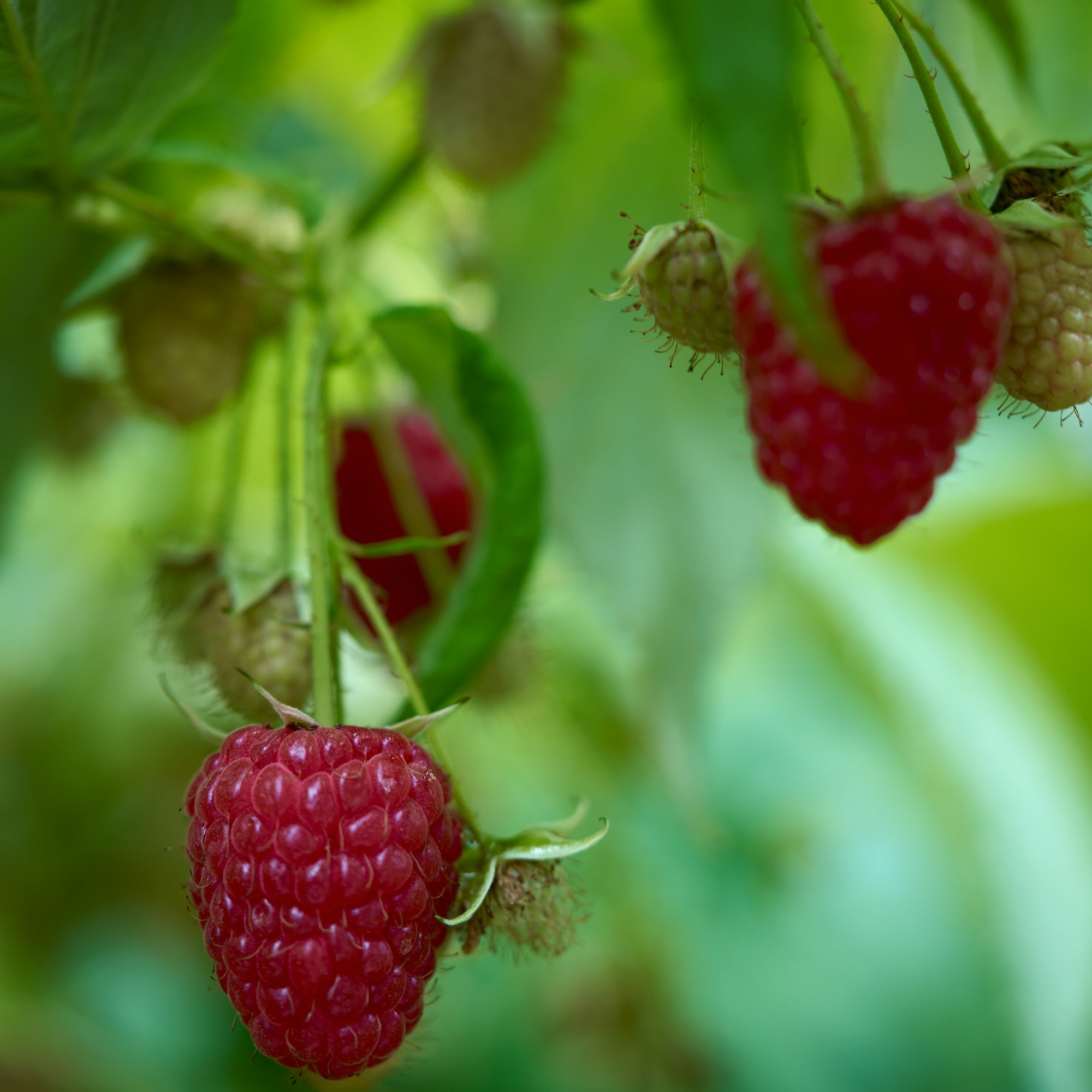
How to prune summer-bearing raspberries
‘Summer-bearing raspberries produce fruit on second-year stems, also called floricanes. The ones that have borne fruit won’t produce again, so the goal of pruning is to remove the old, fruited stems and encourage the growth of new ones for the next year's crop,’ Petar explains.
During the pruning process, the goal is to cut back all the old stems and just leave any new green ones which next year’s fruit will be growing on. There should be about four to six of these.
‘Cut off all the brown stems, right down at the base,’ says Fiona Jenkins, gardening expert at Myjobquote.co.uk. ‘These stems should be the ones that the raspberries were growing on. You can leave any new, green stems to grow, as these are what next year’s fruit will grow on. Be careful not to damage these fresh stems as you prune.’

How to prune autumn-bearing raspberries
‘Autumn-fruiting raspberry plants are a bit easier to prune, as you don’t have to cut quite so much back, and you can stagger your growth a little more,’ says Natalie White at Rated People. ‘This, coupled with the fact the plants are often smaller and more manageable for a lot of people, makes them an easier plant for beginner gardeners.’
When it comes to the autumn-bearing raspberries, there is also less guesswork as you just cut back all the stems.
‘Autumn-fruiting raspberries appear on the current season’s growth and should be pruned by cutting all the canes back to ground-level,’ says Sarah Raven, gardener and author.
But you do have the option of a double harvest if you leave a few stems unpruned.
‘If you’re wanting to get a double harvest from your autumn fruiting raspberry plant, then when you come to prune your stems, leave a select few and just prune off the tops where the fruit was previously growing from, instead of cutting all of them down to the ground,’ advises Natalie.
‘Most of the stems on these will be left intact. This way you’ll get fruit growing from midsummer right on through to autumn, allowing you to harvest for longer.’
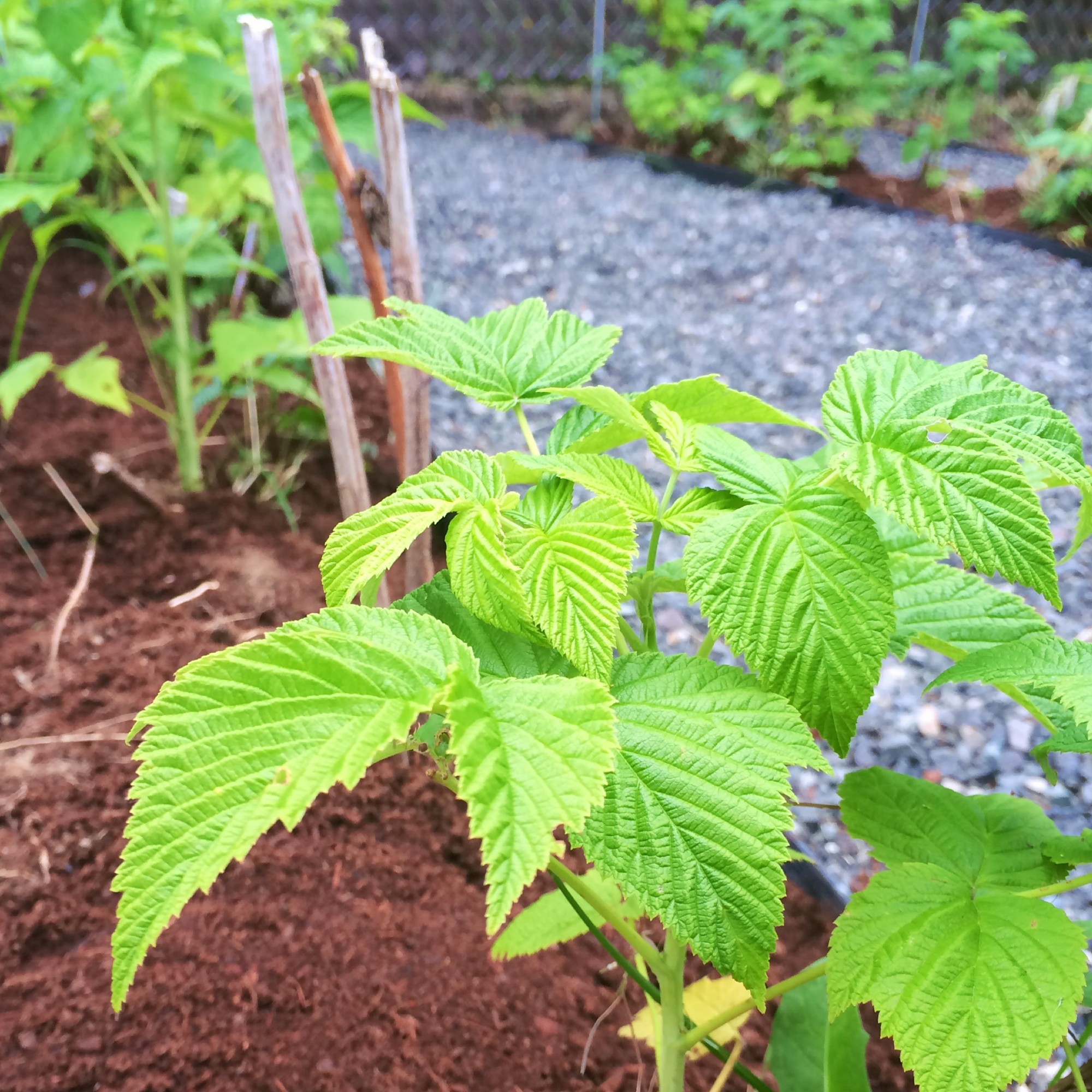
FAQs
Is it too late to prune summer raspberries?
As we find ourselves in February, this is the perfect time for pruning autumn-bearing raspberries. On the other hand, summer-bearing raspberries should be pruned in late summer or early autumn right after being harvested. So now is too early.
Now, this is bound to set your raspberry plant for success and abundance of sweet fruit.

Sara Hesikova has been a Content Editor at Ideal Home since June 2024, starting at the title as a News Writer in July 2023. She is now also the Ideal Home Certified Expert in Training on Furniture, and so far has tested over 150 different sofas.
Graduating from London College of Fashion with a bachelor’s degree in fashion journalism in 2016, she got her start in niche fashion and lifestyle magazines like Glass and Alvar as a writer and editor before making the leap into interiors, working with the likes of 91 Magazine and copywriting for luxury bed linen brand Yves Delorme among others.